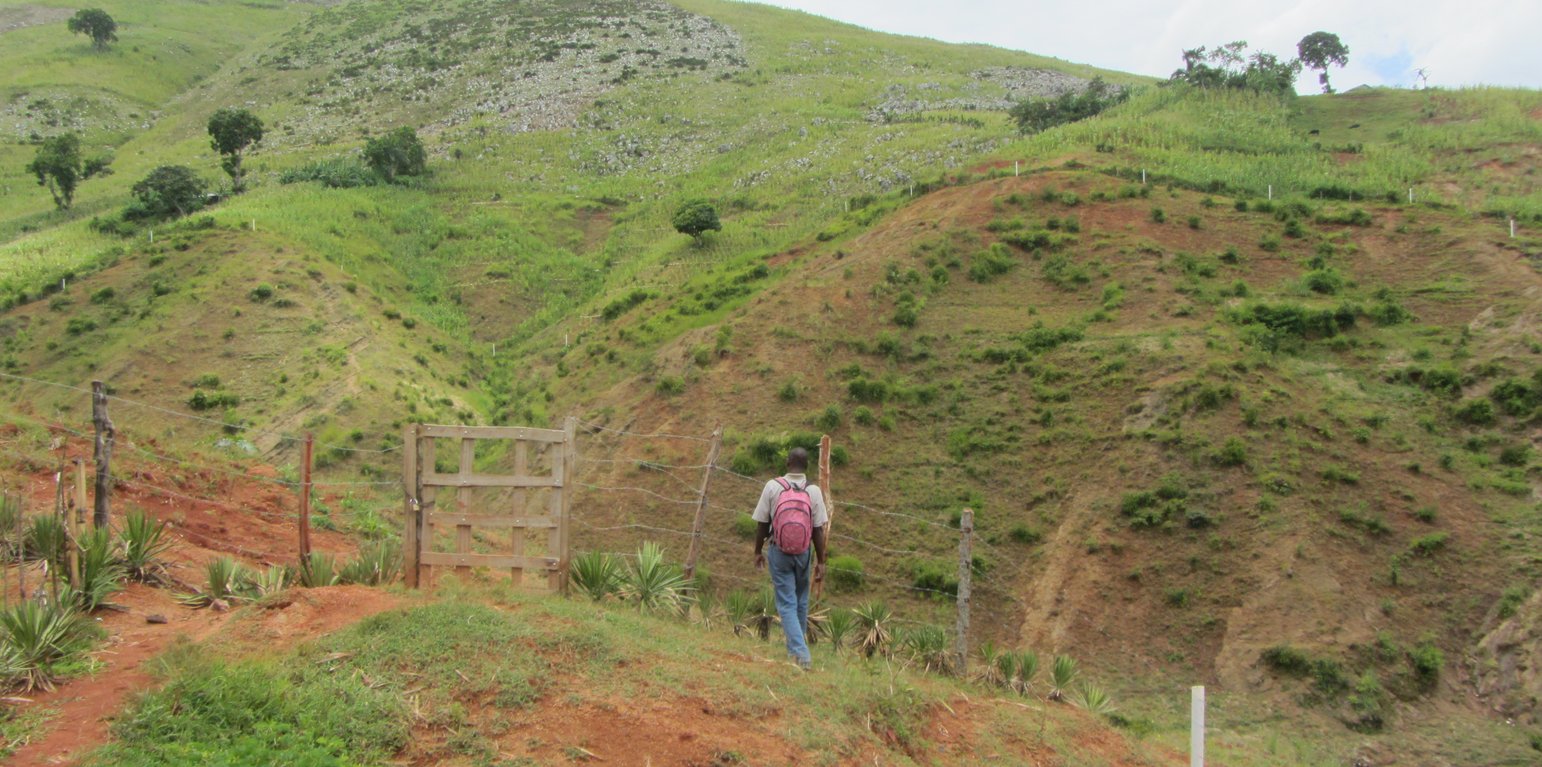



The majority of water resources in Haiti is subject to bacterial contamination, which endangers the health of the consumers. The infrastructure for the abstraction and conveyance of water is periodically put to the test by the large variation of discharge, like floods, but also by low flows. The protection of water resources aims to strengthen local actors to better manage water resources. The objective is to take care of the protection of water resources at local level according to rules which are established and accepted by the actors with regard to legal, sociocultural and biophysical aspects.
The protection of water resources also implies that technical measures are implemented to conserve and protect catchments, in order to ensure the quality and quantity of the required water and the recharge of groundwater bodies. The technical measures are defined for different zones. Three categories of zones are established with specific restrictions and recommendations, and formalized in a municipal decree which is published by the town councils. A first zone of 1000 m2 directly upstream of the water resource is brought into the domain of the state, fenced, reforested and totally protected from human activities.
In a second zone of a minimum of 5 ha upstream of the resource, restrictions to the use of the terrain apply, notably with regard to defecation, free-range livestock farming and other harmful human activities, in order to protect the soil and the water quality. The terrain is managed so as to guarantee a good conservation of the soils by reforestation (agroforestry) with different varieties of fruit trees and timber. A third zone can be established if supported by the community, with restrictions on slash-and-burn and free-range grazing, as well as means to preserve the soils and to manage the vegetation cover. This latter zone can cover the whole catchment, and is meant to promote groundwater recharge. The restoration of the catchment through the zoning and the implementation of physical structures includes different techniques such as vegetative barriers and stone walls.
The restrictions on the use of zone 2 are not necessarily in contrast with the interests of the producers. It turns out that the rainfed crops are too much exposed to climatic hazards, and that forestry is a more reliable alternative. Therefore they perceive the development and reforestation of their land as an exploitation of their heritage, and as a profitable investment in the long term, when they will be able to manage the exploitation of the trees and their fruit production. In the first two years, a total maximum grant of 400 USD per ha is paid to the producers in different terms, depending on the success of the conservation activities. These experiences have inspired the setting of national standards on the protection of drinking water resources.
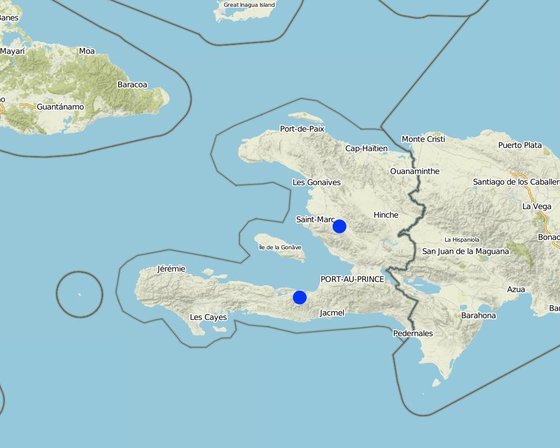
Местоположение: Municipalities of Petit-Goâve, Verrettes, Savanette and Lachapelle, Artibonite, Central West, Гаити
Число исследованных участков, где применяется Технология: 10-100 участков
Пространственное распространение Технологии: примененяется точечно/ на небольших участках
На постоянно охраняемой территории?:
Продолжительность применения Технологии: менее 10 лет назад (недавняя)
Тип внедрения/ применения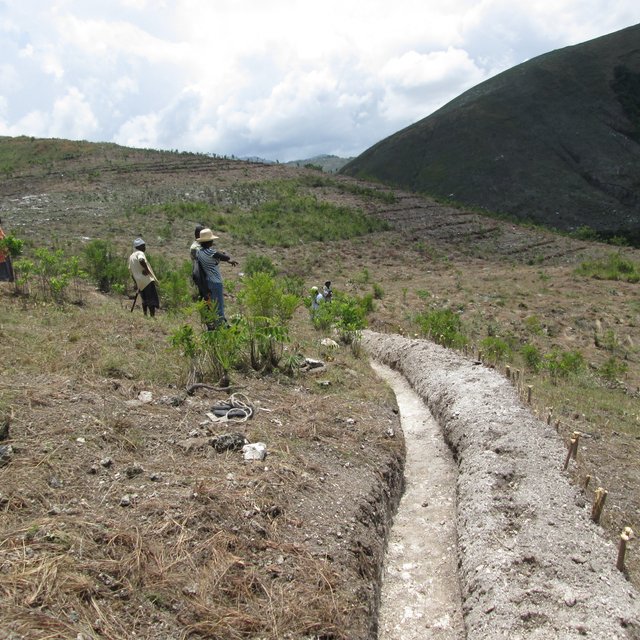
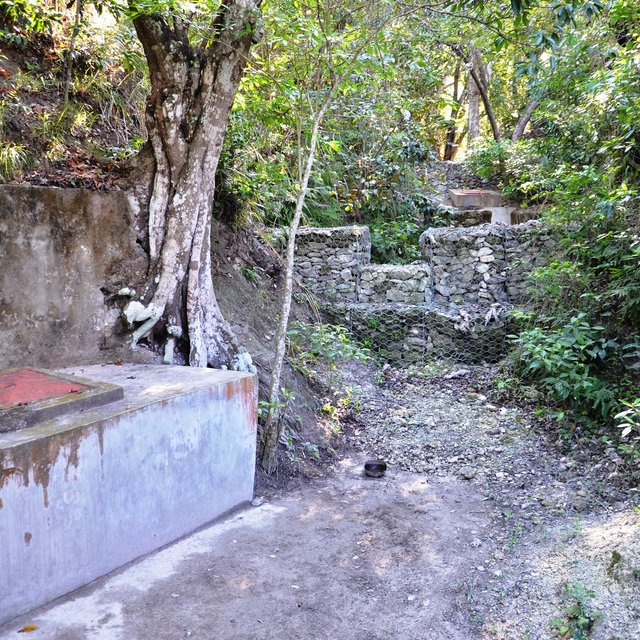








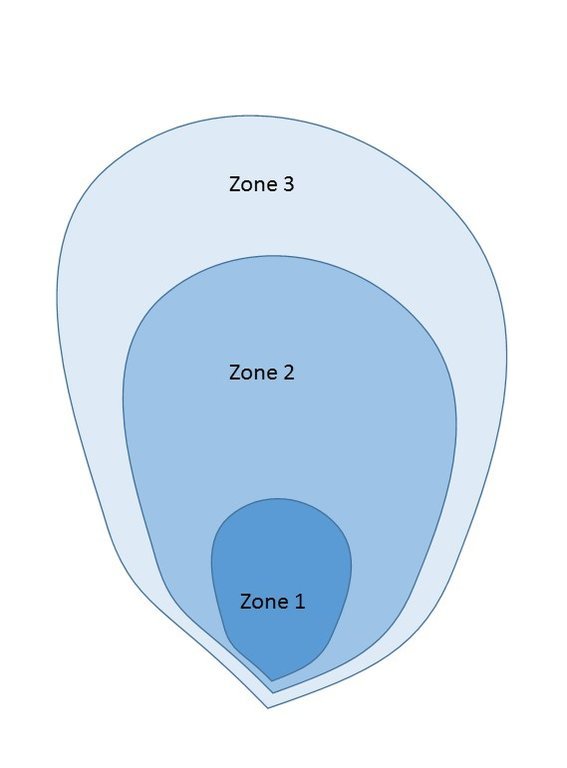
| Опишите затраты | Единица | Количество | Затраты на единицу (Доллары США) | Общая стоимость на единицу (Доллары США) | % затрат, оплаченных землепользователями |
| Оплата труда | |||||
| Afforestation, gully correction, land management, fencing | person days | 300,0 | 6,0 | 1800,0 | 100,0 |
| Оборудование | |||||
| shovel, hammer, etc. | 1,0 | 80,0 | 80,0 | ||
| Посадочный материал | |||||
| Seedlings (lump sum for grass and bushes for slope stabilization) | average per site | 1,0 | 100,0 | 100,0 | 4,0 |
| Строительные материалы | |||||
| Cement, iron, PVC, piles | average per site | 1,0 | 200,0 | 200,0 | |
| Другие | |||||
| Acquisition of zone 1 (1000 m2) | lump sum | 1,0 | 300,0 | 300,0 | |
| Rehabilitation and legalization (zone 1) | site | 1,0 | 200,0 | 200,0 | |
| Общая стоимость запуска Технологии | 2'680.0 | ||||
| Общие затраты на создание Технологии в долларах США | 2'680.0 | ||||
| Опишите затраты | Единица | Количество | Затраты на единицу (Доллары США) | Общая стоимость на единицу (Доллары США) | % затрат, оплаченных землепользователями |
| Оплата труда | |||||
| Maintenance of physical structures (1 person-day) | person day | 5,0 | 5,0 | 25,0 | 100,0 |
| Общая стоимость поддержания Технологии | 25.0 | ||||
| Общие затраты на поддержание Технологии в долларах США | 25.0 | ||||
Количество до применения УЗП : No facility for water extraction
Количество после применения УЗП: Water extracted from source
Extraction and conveyance of water
Количество до применения УЗП : Contamination by human activities
Количество после применения УЗП: Decreasing contamination according to the monitoring of behavior
Defecation in the open air is practiced by half of the households in the rural areas. The restrictions on access of the protected zones must be accompanied by raising awareness on the hygiene and by improving the availability of sanitation services.
The zoning and bio-engineering measures improve the water quality, which diminishes problems related to fecal contamination etc.
The zoning and bio-engineering measures improve the water quality, which diminishes problems related to water rights, considering that water is a limited resource, and is often disputed.
Increase of infiltration, reduction of runoff and surface erosion, which conserves the soil fertility.
Количество до применения УЗП : High surface runoff
Количество после применения УЗП: Improved recharge
Increase of infiltration and hence recharge of the groundwater table
Reduction of erosion by surface runoff
Better infiltration and controlled deviation of surface runoff, which diminishes the risk of landslides.
Increase of soil moisture and recharge of the groundwater table, which diminishes the impact of droughts.
The measures diminish the effects of storms and heavy rainfall events by a reduction of surface erosion and a more controlled drainage of water in the gullies, which are stabilized by walls and vegetative barriers.
Количество до применения УЗП : practice of slash-and-burn
Количество после применения УЗП: elimination of slash-and-burn practice
Certain bio-engineering measures such as dry stone walls or vegetative barriers can limit the propagation of fires.
Surface runoff and discharge upstream reduce the risk of flooding downstream.
The conservation of soils and woodland in the protected zones reduces and delays the surface runoff, and therefore flood events are less intense. Yet, the area covered by protection measures is still insufficient to manage flood risks.